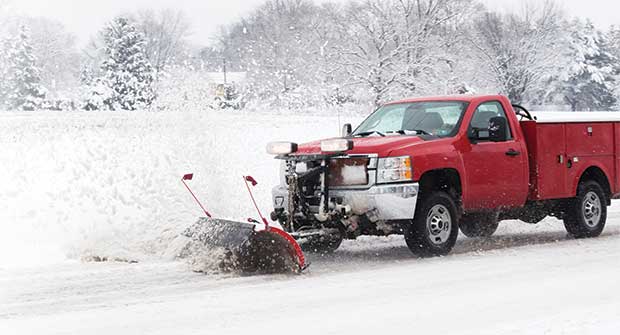Because we operate seasonal outdoor businesses, the weather is an important element to factor into our estimating systems, sales proposals and account management processes. As we do so, I highly recommend becoming well-educated in weather statistics and learn how to translate that knowledge into increased sales, customer satisfaction and profitability.

First, historical weather statistics provide us with sufficient information to be able to accurately estimate our services, especially those with multiple service occurrences within a contract period. Of course, for any flat-rate seasonal pricing, weather implications are one of the most critical aspects.
It’s important to find one or more reliable weather sources. In the U.S., the National Weather Service provides a wealth of climatological data but it’s inconsistent by region, not easy to locate, and may not be very accurate for our purposes. Private weather services are much preferred. Our friends at WeatherWorks (weatherworksinc.com) generously provided Snowtistics reports for attendees of our recent Snowfighters Institute events. These high-value reports include customized weather data by zip code, including 5, 10 and 30-year averages, 10-year median snowfall, standard deviation, and the middle 50 percent range of monthly snowfall. This is weather data that is specific, accurate, and at my fingertips.
Second, during the sales process, there is an opportunity, which many contractors miss, to educate prospects about weather statistics, the implication weather has for various contract pricing models and what steps have been taken to mitigate the risk that variable weather may have to them. In my experience, prospects appreciate this knowledge and information. Furthermore, it helps to explain or justify your proposal and pricing.
Using weather statistics makes is easy to develop pricing models that provide multiple options, depending on the risk tolerance of your prospect. By providing alternatives, you are better able to present to your prospect an option that meets their needs specifically. Using weather statistics from a reliable third-party source is key in this scenario.
Third, we know that weather wreaks havoc on our schedules and the ability to do our work. Yet many customers are left to guess or wonder what is happening when we fail to communicate effectively during a rain delay or an upcoming snowstorm. With all of the technology available, there really is no excuse for not communicating. Where account managers have direct relationships with customers, a personal message is best.
We all love talking about the weather; so, do our customers and prospects. So, let’s up our weather game and reap the rewards.
Now go forth.

